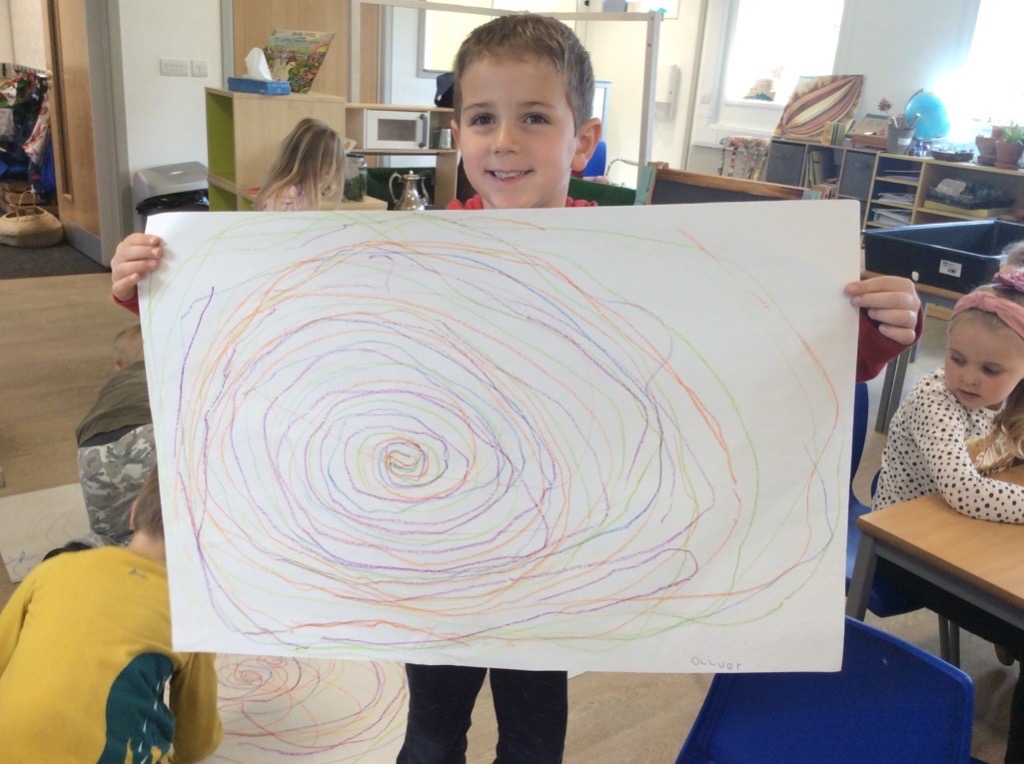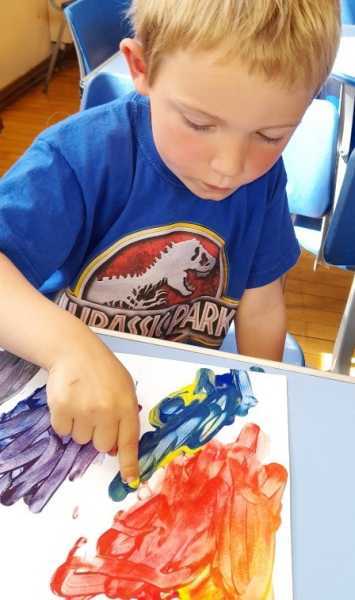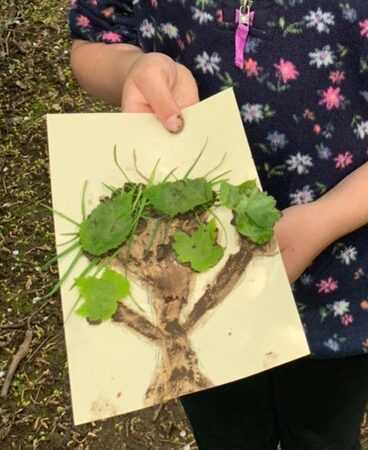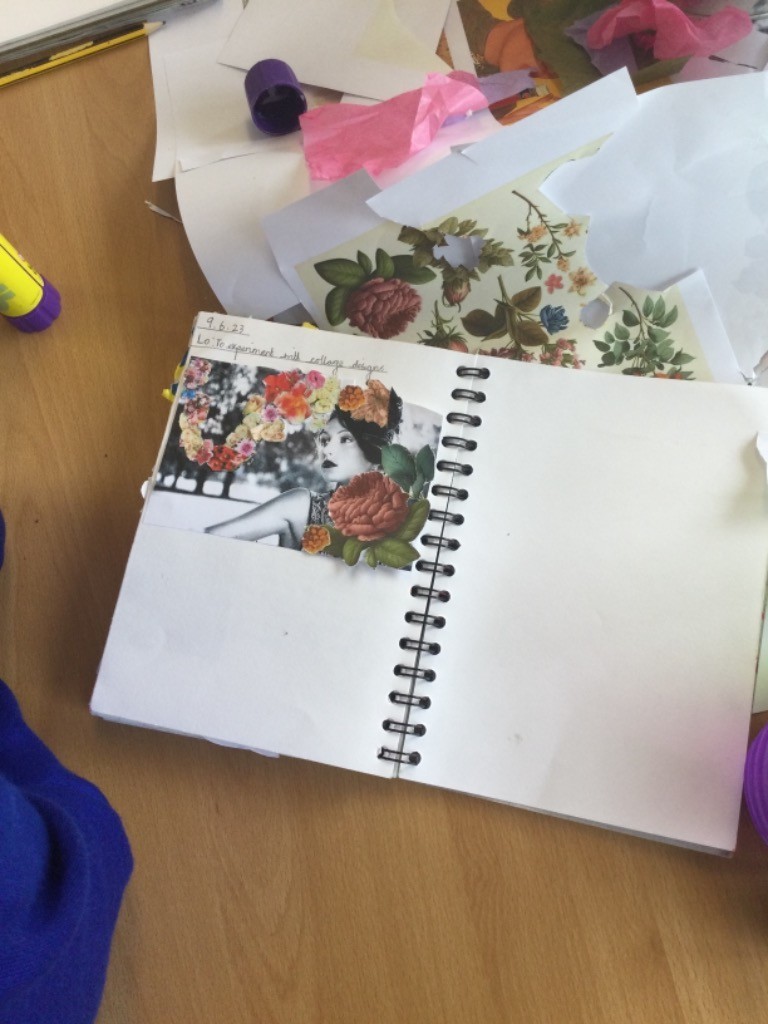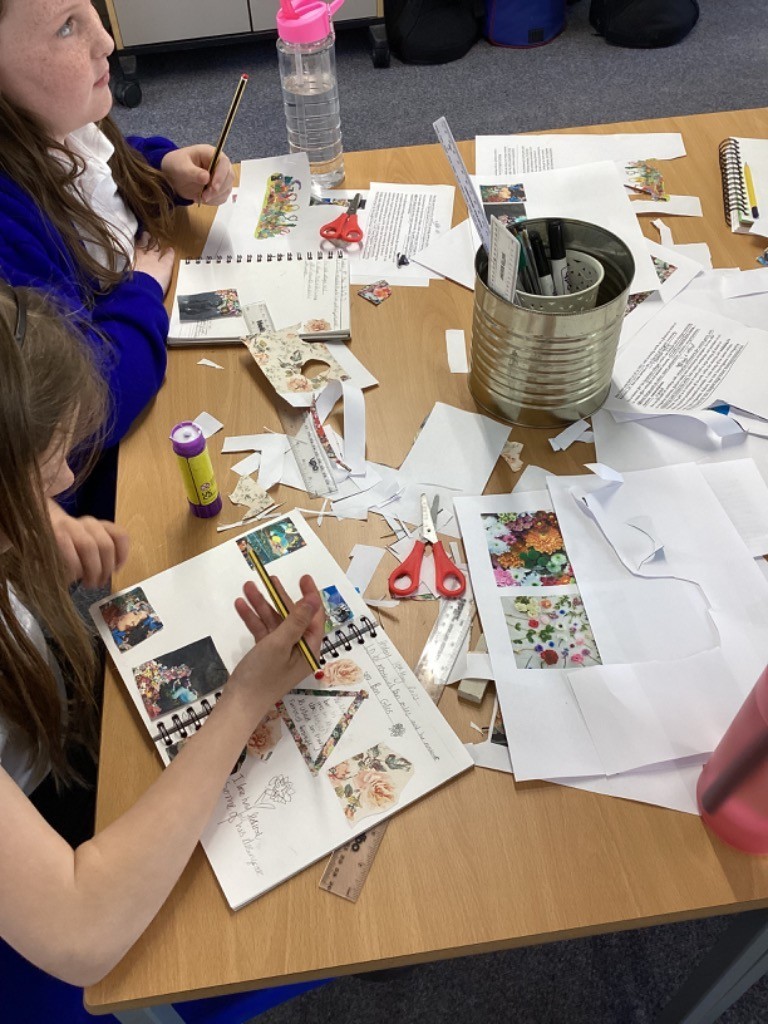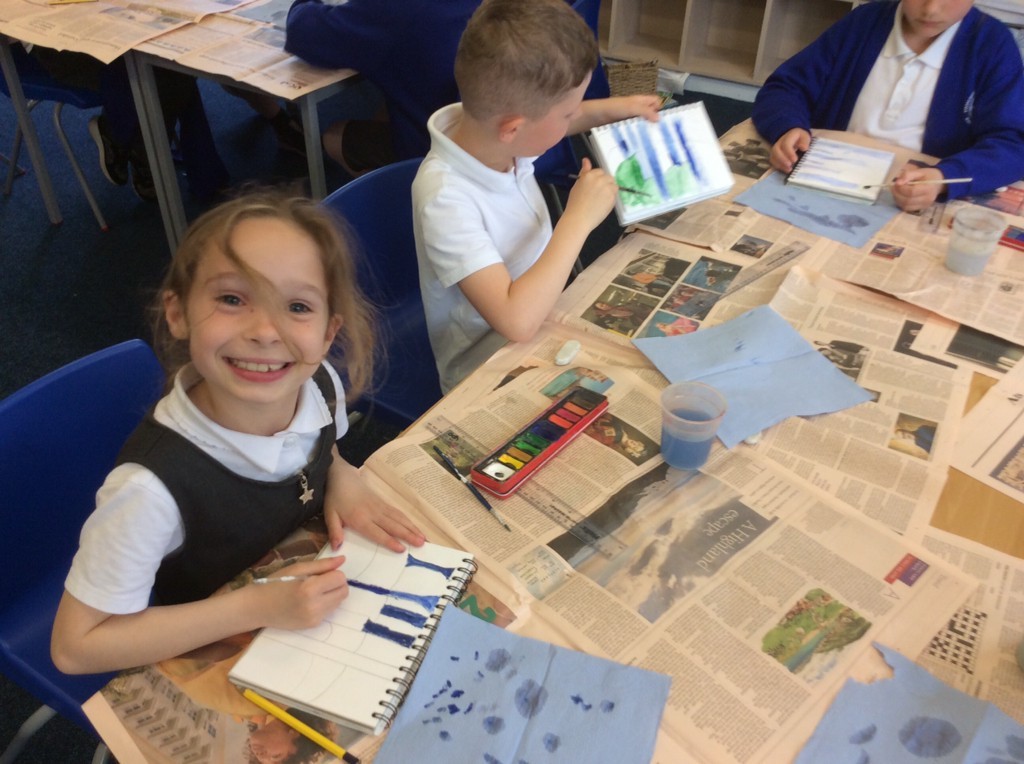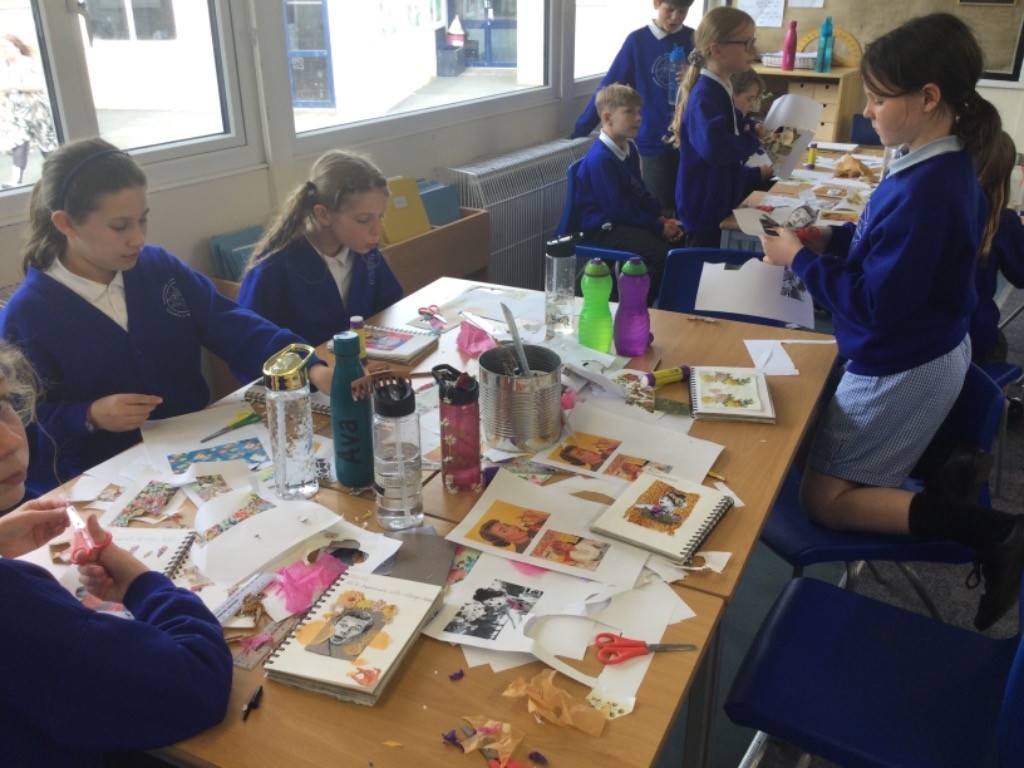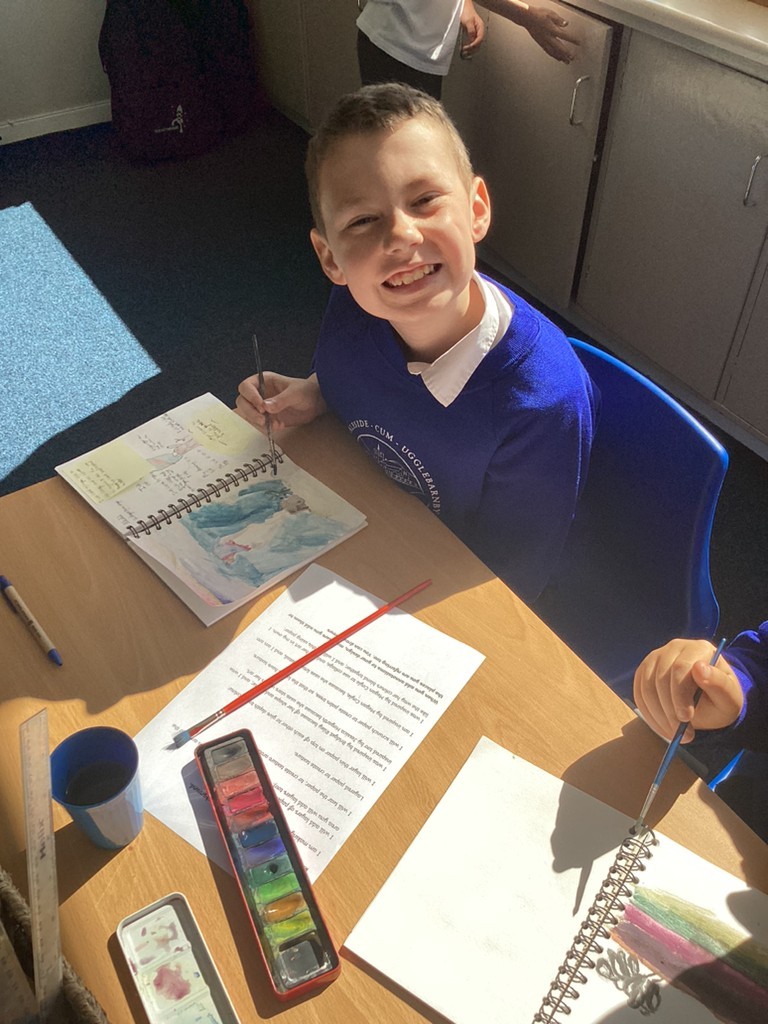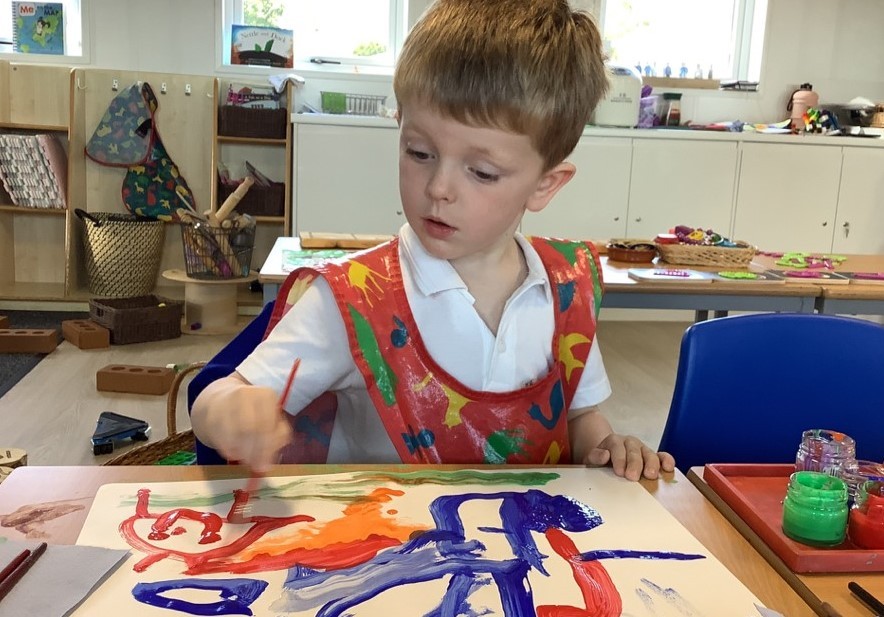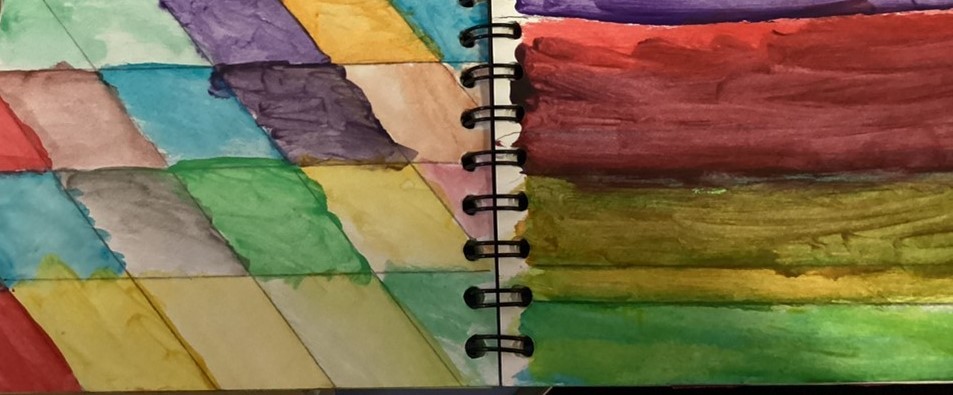“Every Child is an Artist” Pablo Picasso
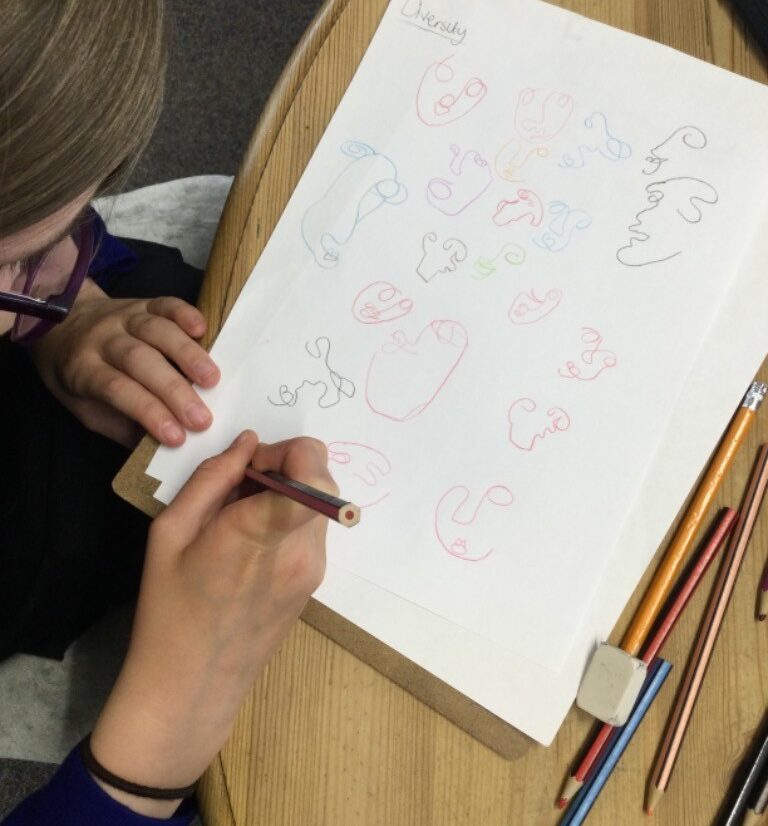
The teaching of Art and Design at Sleights is underpinned by the ongoing development and acquisition of knowledge and skills. This development and acquisition occurs as a result of our own school’s curriculum sequence and progression, which maps out the core knowledge and skills children need to be highly effective artists.
At Sleights, our bespoke curriculum for Art and Design provides explicit opportunities to develop knowledge and skills relating to six specialisms. These specialisms are organised into a Year A and Year B curriculum, with three being taught per year. This enables deep understanding and development over a term. Throughout their time at Sleights, children will revisit each specialist area, making links across different areas and Key Stages.
The specialisms in our Art and Design curriculum are:
drawing, painting, printing, sculpture, textiles and collage.
Our full policy for Art and Design can be found here: Art Policy
Art and Design at Sleights involves:
|
Dedicated curriculum time to engage in range of purposeful and practical experiences relating to art and design. |
|
Sequenced learning experiences, which build on prior knowledge and understanding. |
|
Developing a secure knowledge and understanding of the practical and theoretical knowledge (substantive) |
|
Acquisition of skills and knowledge about how art works and related art skills (disciplinary knowledge) |
Statement of Art and Design Intent
The children at Sleights will be provided with a curriculum offer for Art and Design designed to: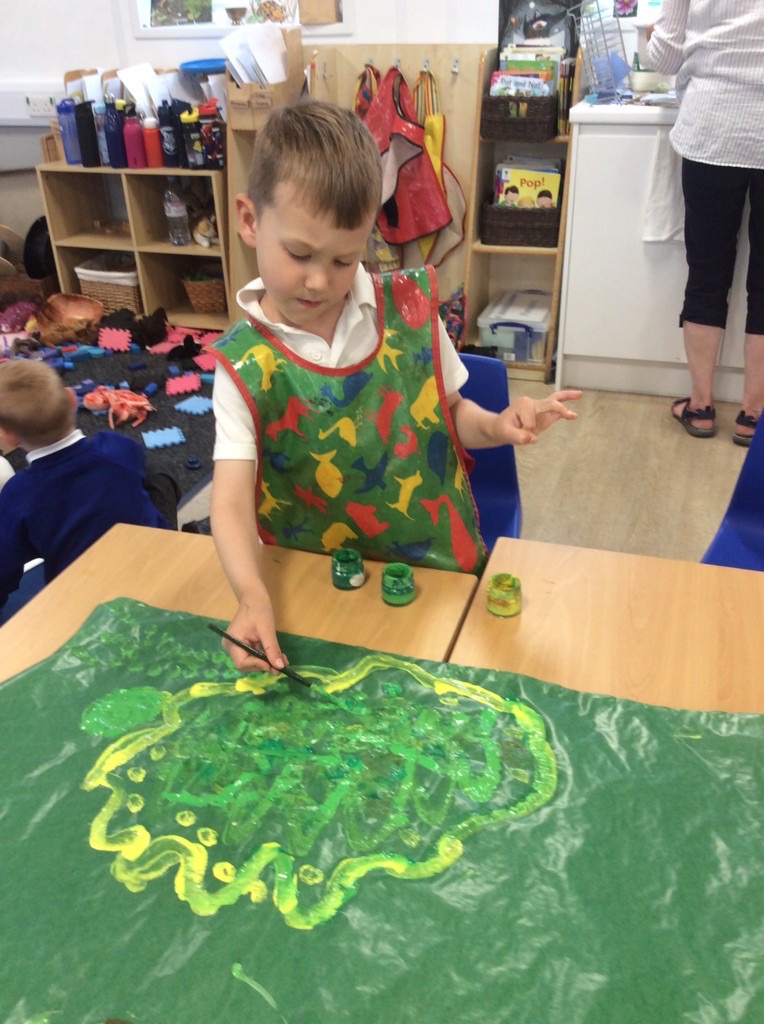
- identify crucial learning, which is placed in context and connected to other knowledge.
- gain a secure understanding of art specialisms and techniques.
- build on and develop art and design knowledge and skills in a well sequenced and structured progression across their time at Sleights.
- support children’s acquisition and progressive understanding of substantive and disciplinary knowledge.
- gain an understanding of a wide range of artists and their work.
- use a wide range of practical tools and techniques to help understand artistic processes and designs.
- secure an understanding of the processes involved in gaining and applying skills from a draft stage, through to development of a final piece of work.
- enable children to understand a range of artistic skills, concepts and vocabulary, which can be used widely across the planned curriculum and beyond.
Statement of Art and Design Implementation
Our approach:
Art and Design is implemented at Sleights through:
- timetabled, high-quality lessons, which enable children with the time and opportunities to develop their art and design understanding and skills over time.
- the use of a progressive long term plan, which is organised so that children can build an increasing knowledge base of the art and design knowledge and skills.
- a termly focus on an art and design specialism, which supports and enables children to develop a secure understanding of a range of art techniques.
- ongoing opportunities to acquire and apply theoretical knowledge relating to art and design, including evaluating the work of others and understanding the process of making.
Learning in art and design is recorded in a variety of ways. Children enjoy a range of practical activities, which may be recorded using work collated in sketchbooks, photographs or final pieces.
The long term plan for art and design at Sleights identifies three units to be taught each academic year. The long term plan operates on a Year A and B cycle, ensuring that all six identified specialisms are taught across Early Years, Key Stage One, Lower Key Stage Two and Upper Key Stage Two.
| Autumn Term | Spring Term | Summer Term | |
| Year A | Painting | Printing | Collage |
| Year B | Drawing | Textiles | Sculpture |
Our Learning Journey:
Placing skills and knowledge about artists into context is a key aspect of our art and design curriculum. The learning journey of art and design is set out below and details the work of a full term.

The content of our Art and Design curriculum:
Our school art and design curriculum provides a broad range of opportunities to learn about a wide range of artists from a range of periods and backgrounds. Artists and related periods are selected to represent diversity and relevance to the children. A rationale for why these artists have been selected as part of the curriculum is included in planning documentation.
Art and Design at Sleights focuses on the acquisition of new knowledge and building on prior learning relating to:
- substantive knowledge – which includes practical knowledge (related to making) and theoretical knowledge (knowledge about art and its history).
- disciplinary knowledge – which helps children understand what art is.
For all phases in school, expected knowledge and skills has been identified, so that children learn more and remember more throughout their time at Sleights.
Statement of Art and Design Impact:
The assessment journey in art and design is observed through ongoing review of children’s application and understanding of skills. This is identified through work completed in lessons and evidence produced. In making assessments, staff will consider children’s capacity to demonstrate:
- fluency by demonstrating proficiency and automaticity in the specialist areas being studied at Sleights.
- experimentation, as children try out new ideas, methods and find their own solutions.
- authenticity by demonstrating their visual thinking and process.
In addition to identifying the impact of teaching and learning of substantive knowledge, assessment of children’s disciplinary skills is also made. These transferable skills are taught alongside substantive knowledge. We are mindful of staff workload and assessment not being overburdensome. Therefore, to support staff in making highly effective and focused decisions on children’s proficiency, a series of milestones are considered against each subject specialist area. These place the knowledge and skills acquired in each art specialism into clear milestones and assessment check points. Assessment check points take place before and at the end of a unit and provide an opportunity to review children’s progress against intended impact and milestones.
